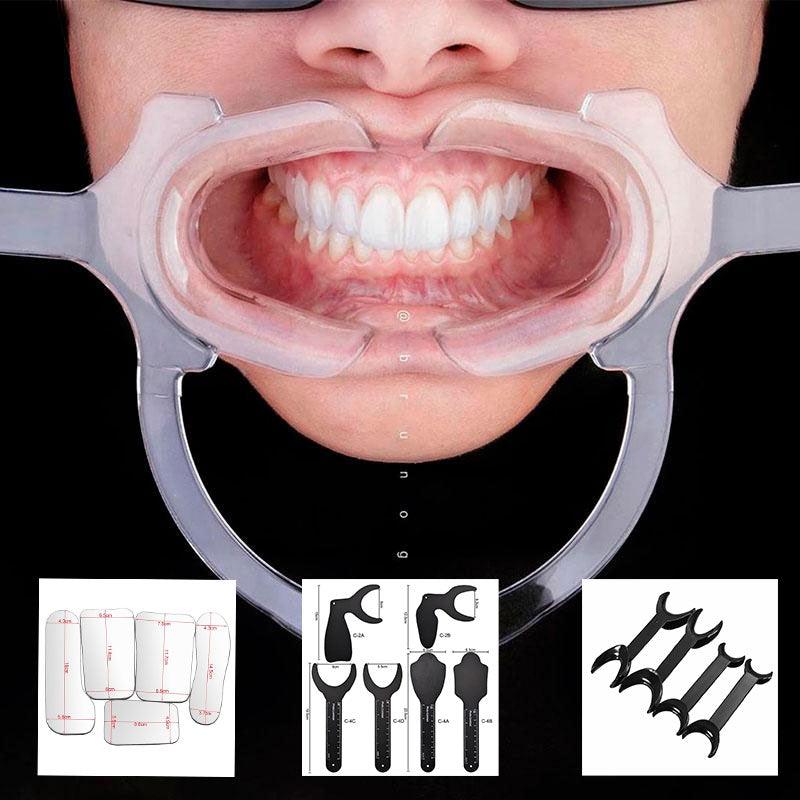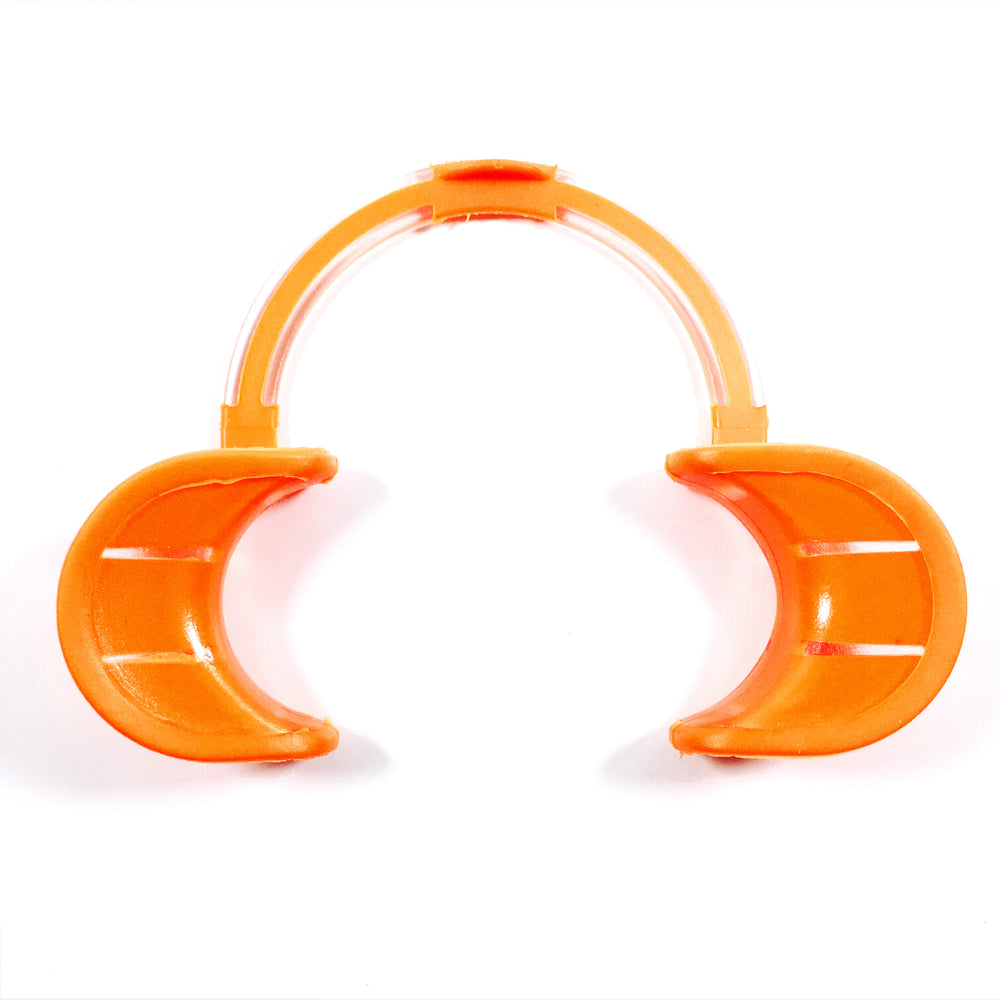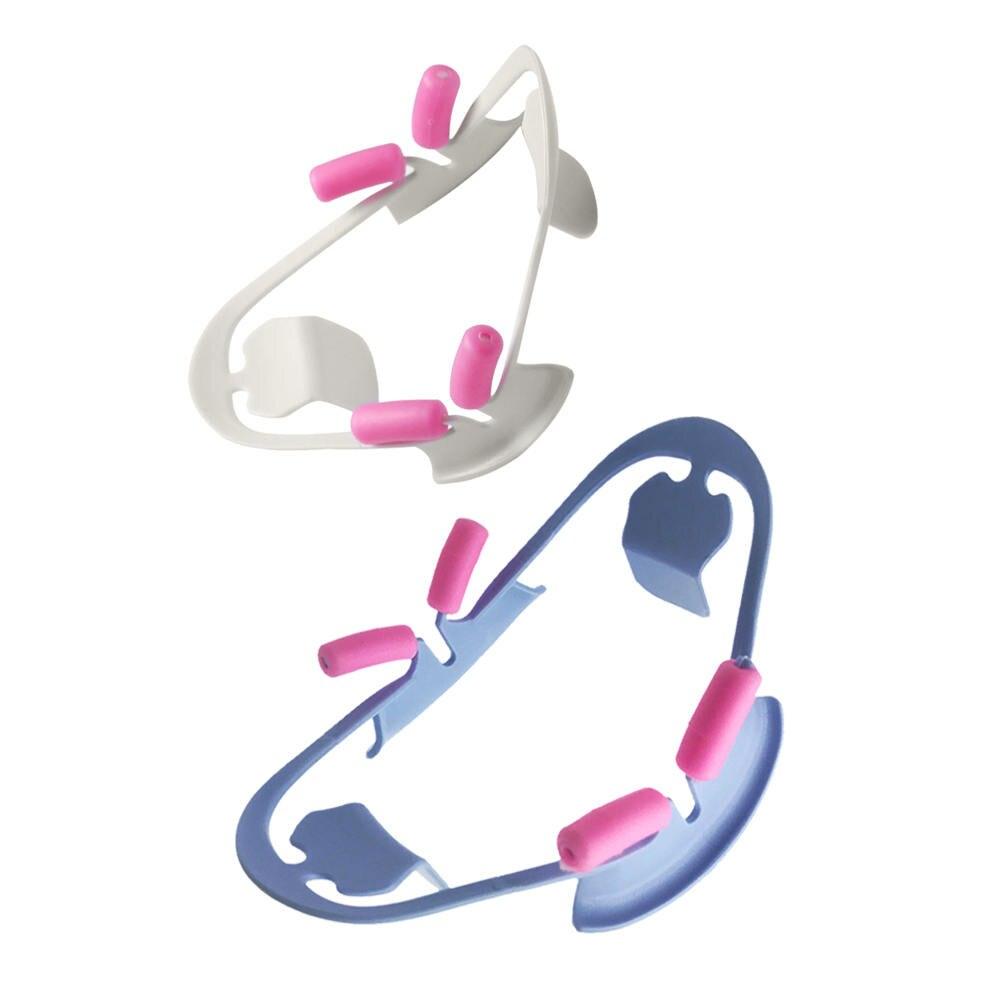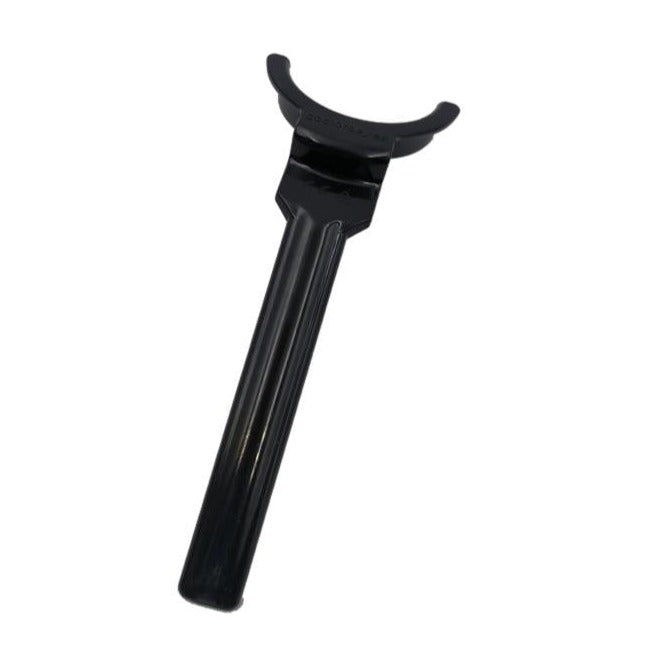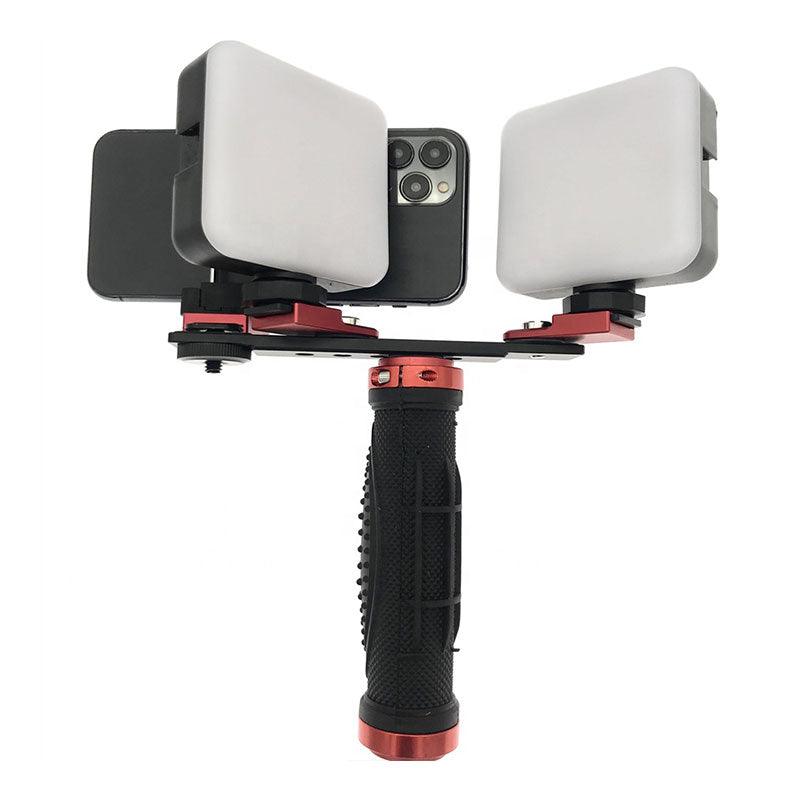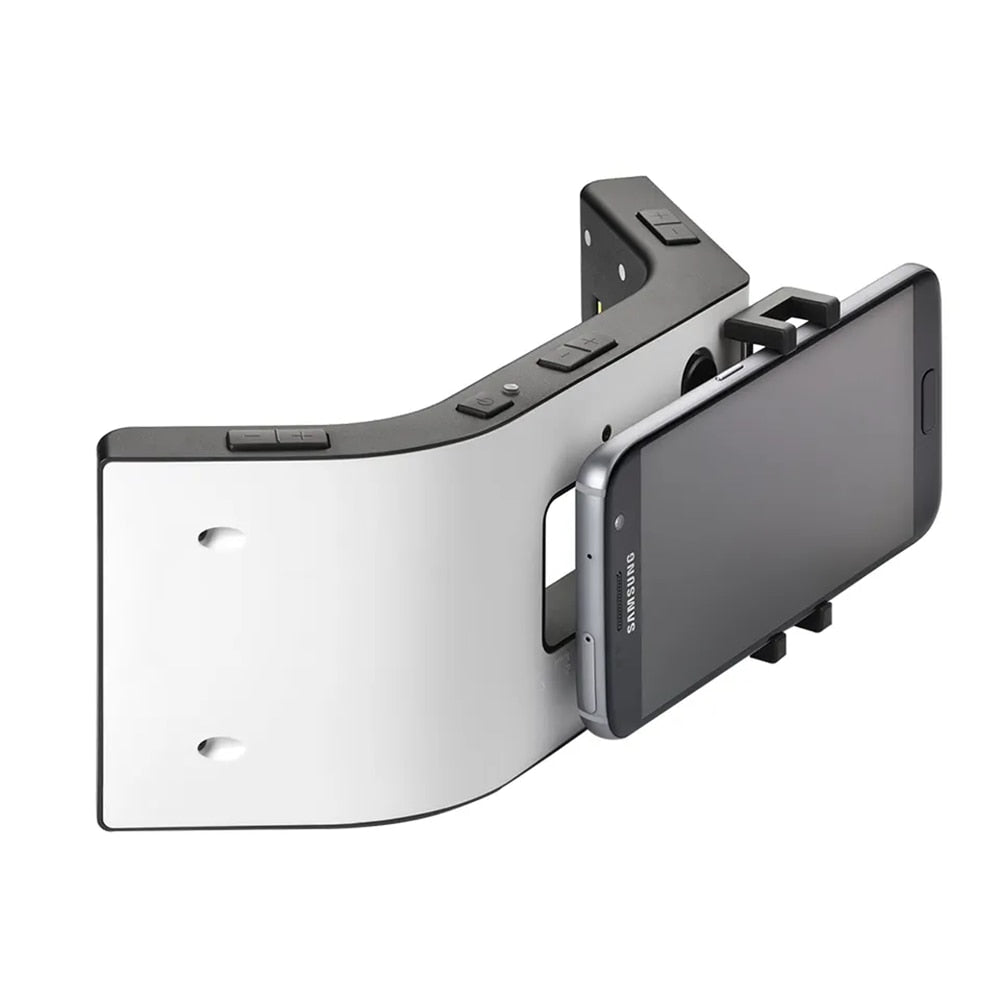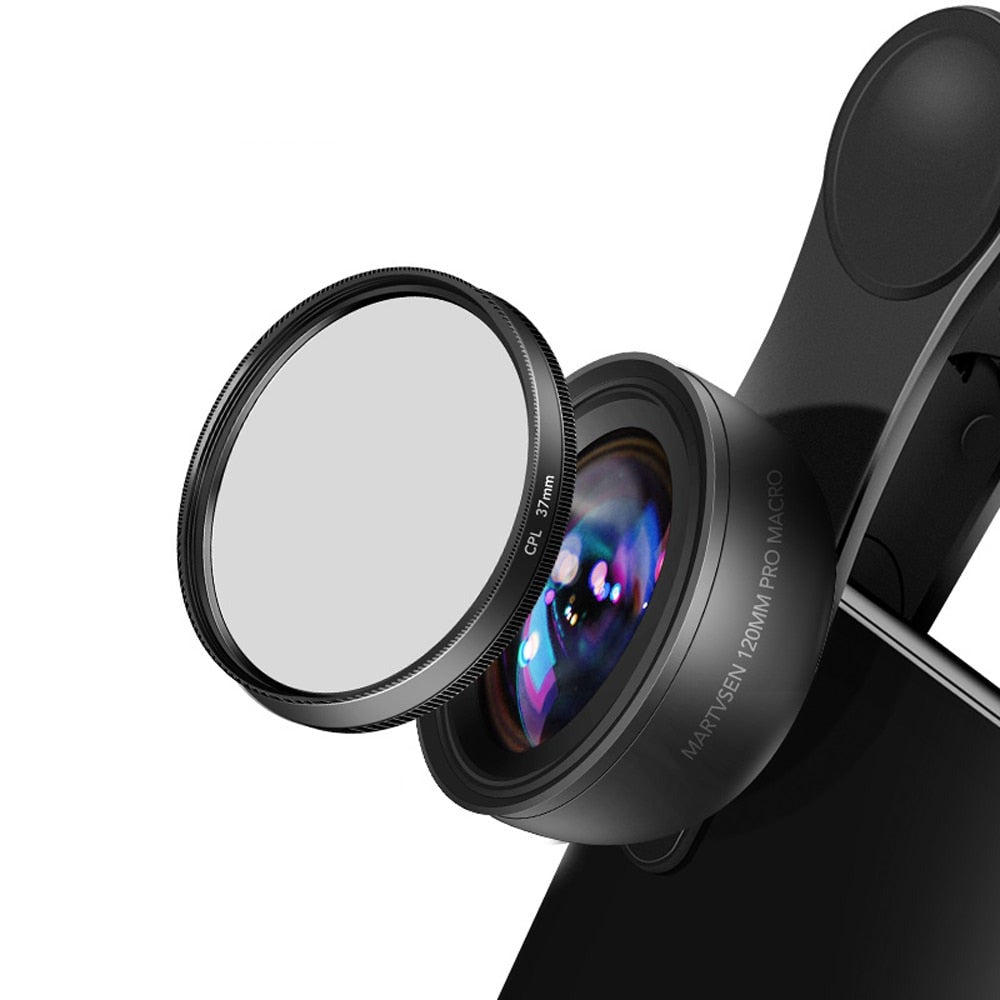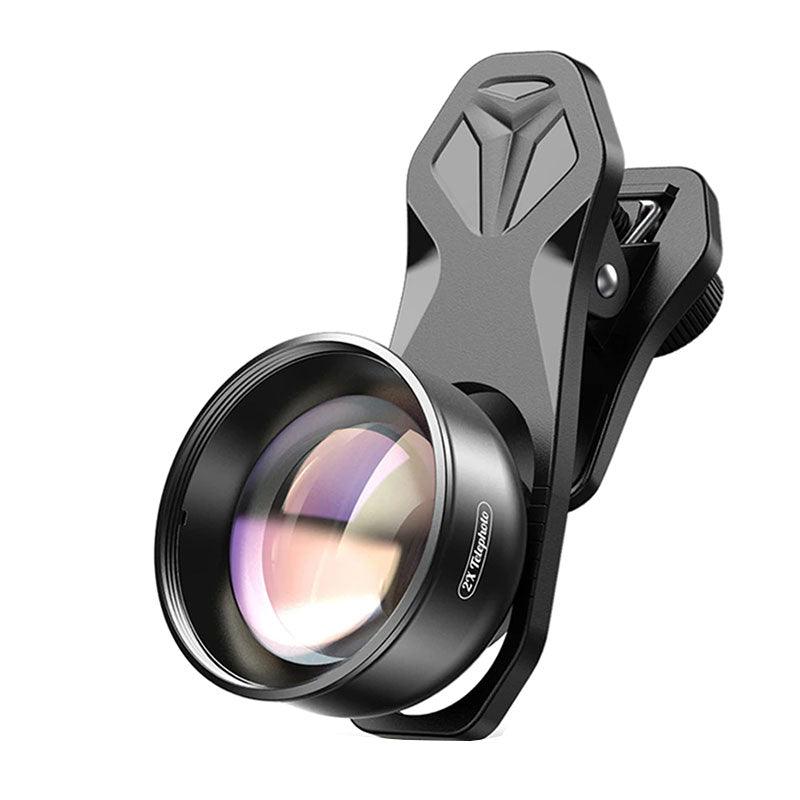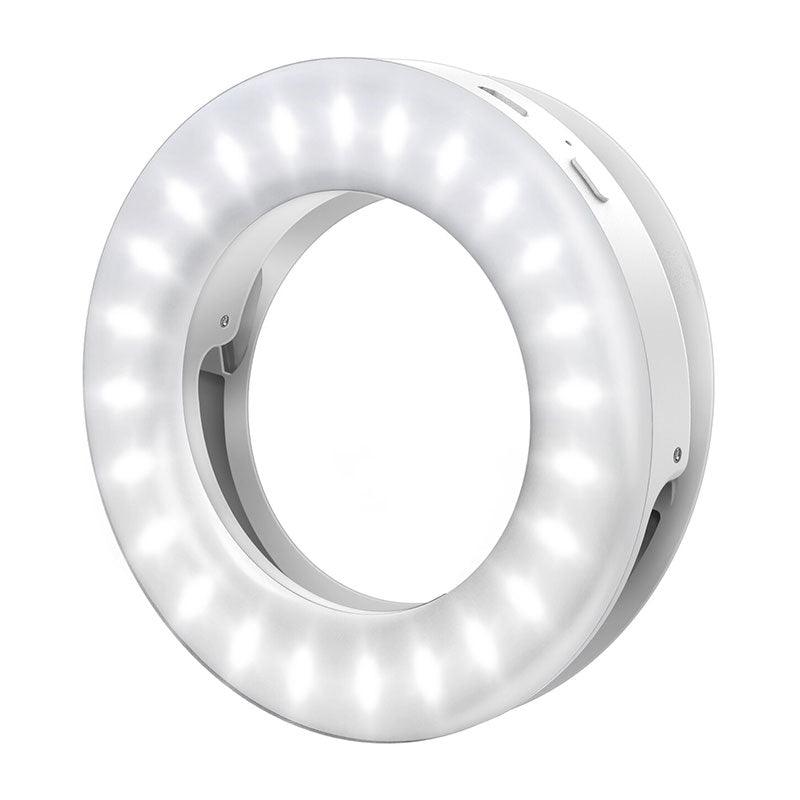The processing and storage of dental images are important aspects of dental practice to ensure the effectiveness and safety of patient data. Here are some useful life hacks and tips that will help you in processing and storing dental images, as well as in importing and organizing snapshots:
Importing and organizing snapshots:
1. Create a folder structure. Organizing dental images into a structured file system will help you maintain order when importing and processing images. Divide the folder into subfolders according to patients, dates, or image types for easier access and ordering.
2. Tags or keywords. Use tags or keywords when importing or organizing snapshots to help you quickly find the images you need in the future. For example, you can use labels for the type of area being treated, the type of treatment, or the names of specific procedures.
3. File naming.
Give the files meaningful names when importing so that it is easy to identify them later. Include information about the patient, date, and image type in the file name for more accurate organization.
4. Backup. Create backups of important dental images to protect them from loss or damage. Regular backups are significant to ensure the security of your data.
Image Processing:
1. Use specialized software.
To process dental images, use specialized software that provides tools and functions specifically designed for dentistry. Software such as SIDEXIS, Dexis, Romexis, Schick CDR, and others offer a wide range of possibilities for editing and enhancing images.
2. Image quality improvement.
Apply basic editing tools such as brightness and contrast correction, saturation, and white balance adjustments to improve the quality and visual impact of images. Use functions that make it possible to sharpen and improve details.
3. Retouching.
In cases where you need to remove unwanted objects or defects from dental images, use retouching tools to clean the images. Be careful, and keep the images natural.
4. Creating composite images.
Sometimes it is essential to combine several images into one composite image for visualization and comparison. Use the functions of the software to create composite images to easily show the progress of treatment, the results before and after treatment, or different angles of the dentition.
The processing and storage of dental images are essential parts of dental practice. Create a structured file system for storing images, use labels and keywords for organization, make regular backups, use specialized image processing software, improve quality, retouch, and create composite images.




